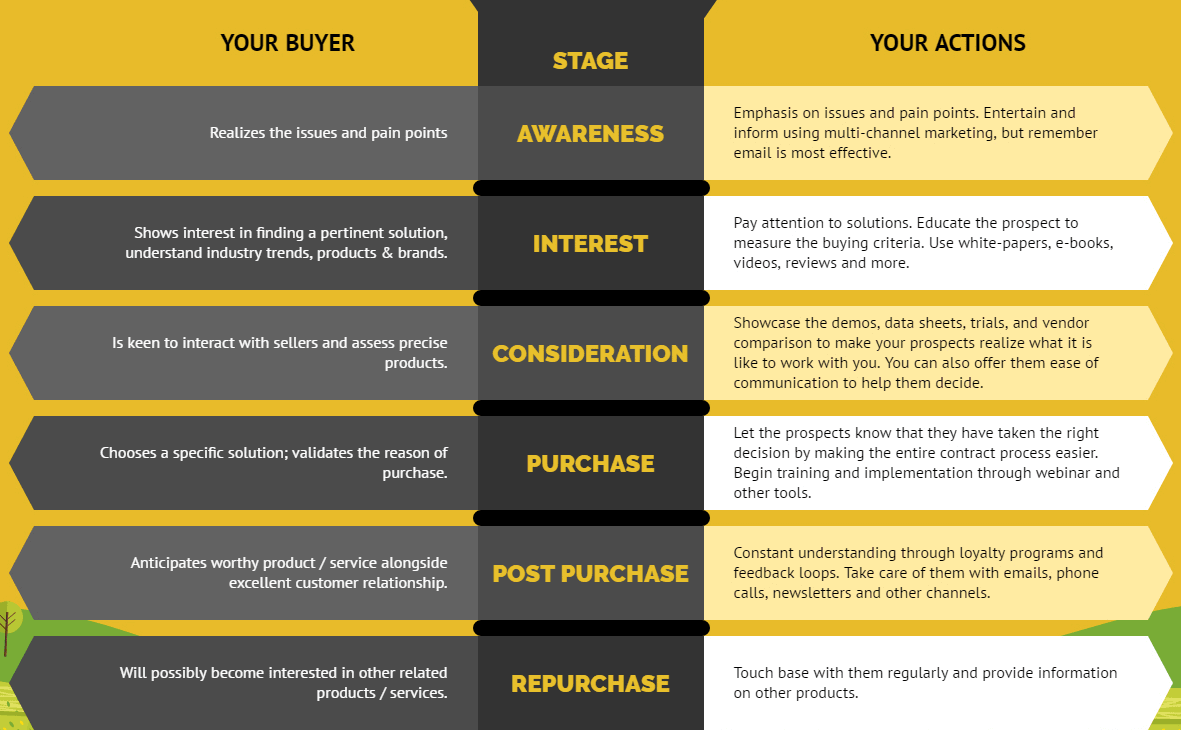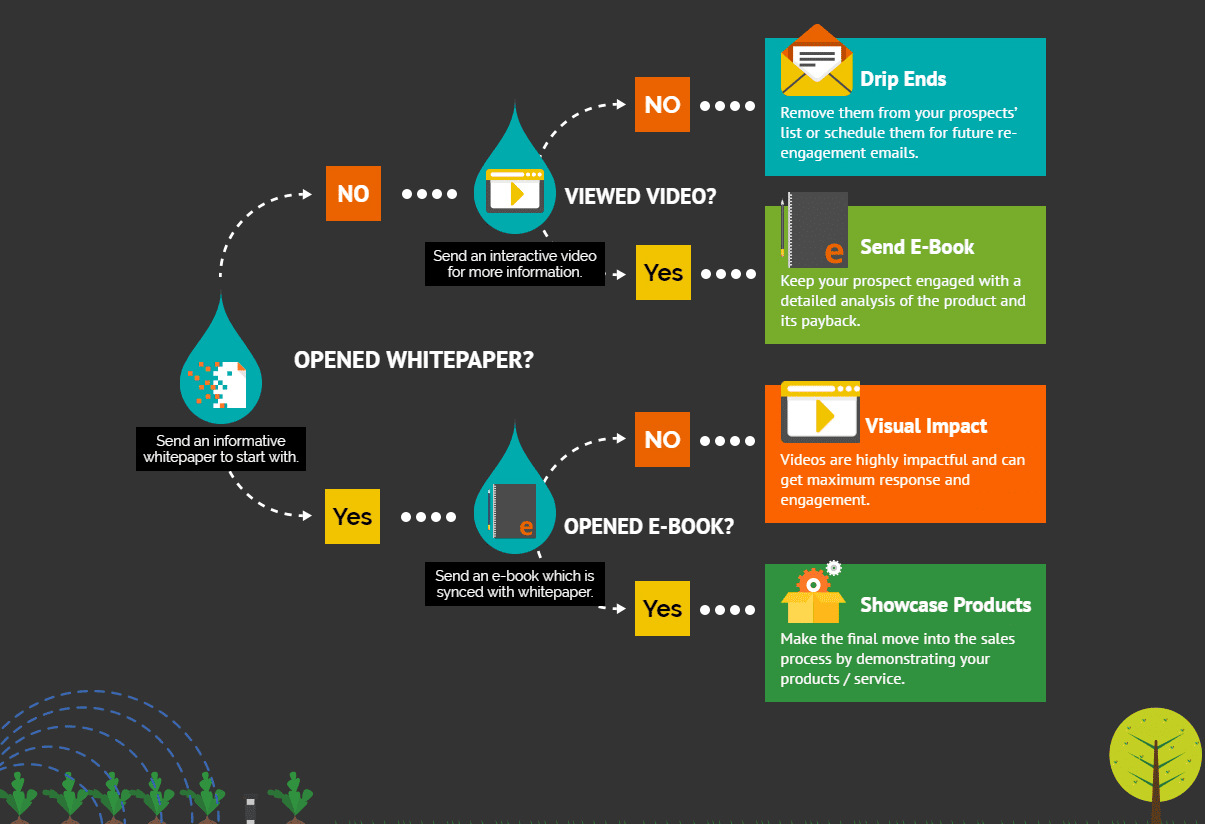Ever wonder why you can’t seem to turn website visitors who download your content pieces (e.g. white paper, eBook, guides, etc.) into paying customers? Perhaps, you’re too eager to sell and put less of an emphasis on nurturing these engaged leads or you’re just not nurturing them at all.
Did you know that 79% of marketing leads never convert into sales? And the cause of this poor performance boils down to the lack of lead nurturing. Conversely, companies that excel at lead nurturing generate 50% more sales ready leads at 33% lower cost.
Check out how you can apply the following 4 lead nurturing techniques to improve your close rate:
1) Know “Why” Lead Nurturing Is So Important
There is nothing more disappointing than putting a ton of time and effort into executing a marketing campaign without a clear objective in place. It’d be like running a marathon without a finish line, unless you’re Forest Gump.
Here are key stats you should be aware of:
- 50% of leads are qualified, but not ready to buy. (Gleanster Research)
- On average, nurtured leads produce a 20% increase in sales opportunities. (DemandGen)
- Nurtured leads make 47% larger purchases than non-nurtured leads. (Annuitas Group)
- Lead nurturing emails get 4-10 times the response rate compared to standalone email blasts. (Source: SilverPop/DemandGen Report)
2) Understand Your Target Customer’s Pain Points
Let’s face it, no one really cares about how amazing your company is or the new updates you’ve made to your product/services unless you provide people with a reason to care. In other words, creating content that speaks to the pain points your target customers face should be a top priority.
Don’t be a solution looking for a problem. Instead, provide tangible solutions to the major challenges that are causing your target customer to lose money, productivity and so on. Doing so, will help position you as an informative and educational thought leader who actually cares about solving problems, not just selling products/services.
So be authentic in your delivery and messaging. People will buy into that.
3) Have Content Ready for Every Phase of the Funnel
Stop sending everyone on your email list the same email. Have you ever heard the saying “all revenue is not created equal?” Well, take this into consideration when you send out your next email drip campaign.
Furthermore, there are two specific types of people: those who want to work with you and those who don’t. Pretty obvious, right? Make sure you segment your email lists properly.
Here’s a great example you can leverage:

4) Create An Awesome Drip Email Marketing Workflow
Rather than manually sending one-off emails, focus on specific workflows you can guide leads through. Take a look at this workflow as an example:

If you want to have a greater sense of which leads have a higher probability of becoming sales qualified versus those who aren’t interested in becoming customers, simply setup a workflow as depicted above to help with the qualification process. From there, you’ll be able to then calculate KPIs such as:
- The percentage of marketing qualified leads that become sales qualified
- Which content yields the highest engagement
- The close rate for your entire marketing to sales cycle
Final Thoughts
Make sure you are religious when it comes to implementing A/B tests. You can test out the following variables:
- Time and day emails are sent
- CTA (call-to-action), including the color of the CTA buttons
- Subject line
- Email copy (such as the greeting, the body messaging, etc.)
The key to successfully driving qualified leads further down your funnel is to understand their needs and intent. This will not only save you time, but help you focus more on those who are actually interested in becoming customers and building a relationship with you. Further, of all of the leads that come in, know that only 25% are legitimate and should be passed to sales, so make that a goal.





